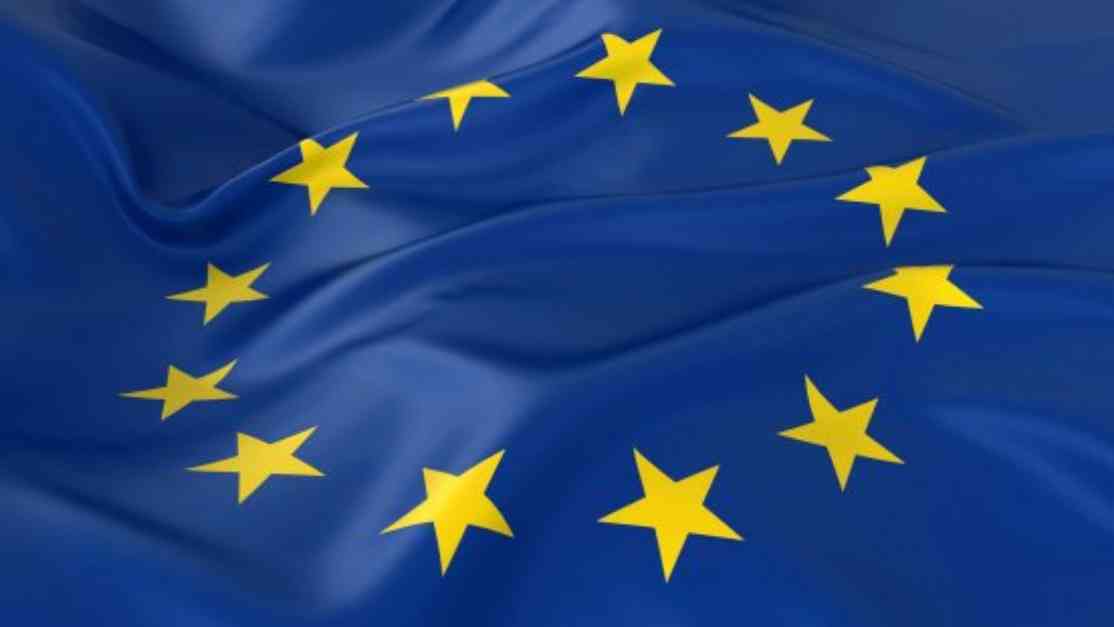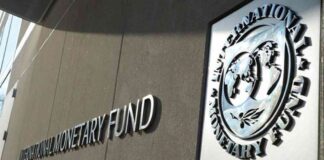Eurozone CPI and Core CPI Finalized at 2.2% and 2.8% in August – Latest Update
The latest data on Eurozone Consumer Price Index (CPI) and Core CPI for August has been released, showing some interesting trends in inflation within the region. Eurozone CPI was finalized at 2.2% year-on-year (yoy) in August, representing a slight decrease from July’s 2.6% yoy. Meanwhile, Core CPI, which excludes volatile items such as energy, food, alcohol, and tobacco, was finalized at 2.8% yoy, down from the previous month’s 2.9% yoy.
Contributions to Inflation
The breakdown of the components contributing to the annual Eurozone inflation rate reveals that services made the highest contribution, accounting for 1.88 percentage points. This was followed by food, alcohol, and tobacco, which added 0.46 percentage points to the inflation rate. Non-energy industrial goods also played a role, contributing 0.11 percentage points. In contrast, energy had a dampening effect on inflation, subtracting 0.29 percentage points from the overall rate.
Variations Across EU Member States
Looking at individual EU member states, the overall CPI for the EU area was finalized at 2.4% yoy in August. Among the member states, the lowest annual inflation rates were observed in Lithuania at 0.8%, Latvia at 0.9%, and Ireland, Slovenia, and Finland all at 1.1%. On the other hand, Romania recorded the highest annual inflation rate at 5.3%, followed by Belgium at 4.3% and Poland at 4.0%.
Compared to the previous month, annual inflation decreased in twenty EU member states, remained stable in one, and increased in six. This indicates a varied inflationary environment across the region, influenced by factors such as domestic consumption patterns, government policies, and global economic conditions.
Implications for Monetary Policy
The latest CPI figures have important implications for monetary policy within the Eurozone. The European Central Bank (ECB) closely monitors inflation trends to guide its policy decisions, particularly with regard to interest rates and asset purchases. A lower inflation rate could signal weaker demand in the economy, prompting the ECB to consider additional stimulus measures to support growth.
However, a higher inflation rate could raise concerns about overheating and potential price pressures, leading the ECB to adopt a more hawkish stance by tightening monetary policy. The balance between supporting economic recovery and managing inflationary risks is a delicate one, requiring careful assessment of the underlying factors driving inflation dynamics.
Future Outlook
As the Eurozone continues to navigate the challenges posed by the ongoing COVID-19 pandemic, the trajectory of inflation will remain a key area of focus for policymakers and market participants. Uncertainties surrounding supply chain disruptions, energy prices, and consumer behavior could influence inflation outcomes in the coming months.
The ECB will closely monitor these developments and adjust its policy stance accordingly to ensure price stability and sustainable economic growth in the Eurozone. With inflationary pressures showing some moderation in August, the central bank may adopt a cautious approach to policy adjustments, taking into account the need to support the recovery while safeguarding against potential risks to price stability.

















